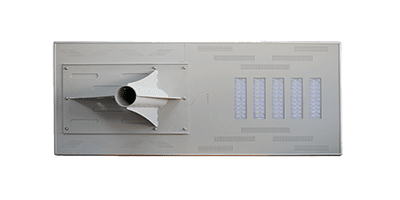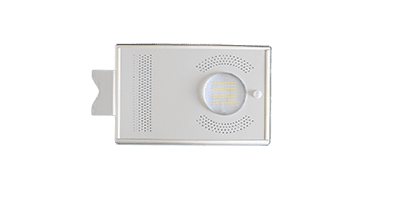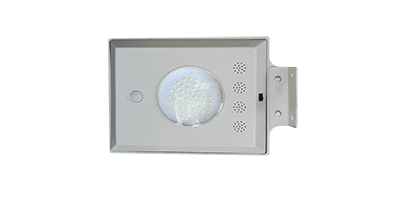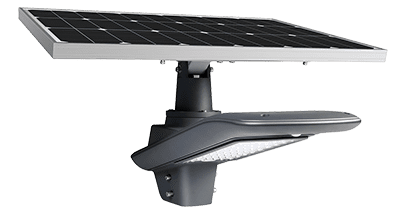Solar Street Light Design Guidelines for Communities and Residential Areas
The following guidelines are organized based on international lighting standards (such as CIE, ANSI/IES, etc.) and relevant domestic regulations. They cover core elements such as brightness, luminous efficacy, uniformity, color control, structural design, and system optimization:

I. Communities and Residential Solar Street Lights Brightness and Luminous Efficacy Design
- Illuminance Standards (Lux)
- Main Roads: According to CIE 115:2010, the recommended illuminance for residential main roads is 15-20 lux with uniformity (Uo) ≥0.4; for secondary roads and sidewalks, maintain illuminance of 5-10 lux with uniformity ≥0.3.
- Pedestrian Activity Areas (such as squares, fitness areas): Should be elevated to 20-30 lux to ensure visual safety (Refer to the “Urban Road Lighting Design Standards” CJJ 45-2006).
- Lumens and Luminous Efficacy Requirements
- Light Source Selection: Preferably use LED light sources with luminous efficacy ≥120 lm/W. The total lumens per light should be calculated using the formula:
Total Lumens = Target Illuminance (lux) × Illuminated Area (m²) ÷ Fixture Efficiency (approximately 0.6-0.8)
For example, lighting a 100 m² area at 20 lux requires approximately 2500-3300 lumens fixtures. - Efficiency Optimization: Use reflectors or lenses to reduce light loss and improve effective light utilization above 70%.
- Light Source Selection: Preferably use LED light sources with luminous efficacy ≥120 lm/W. The total lumens per light should be calculated using the formula:
II. Communities and Residential Solar Street Light Color Temperature and Color Rendering
- Color Temperature (CCT)
- Safety and Comfort Balance: It is recommended to select neutral white light in the range of 3000K-4000K to avoid the cold feeling caused by high color temperatures (>5000K) while ensuring nighttime visibility (Refer to “Urban Night Scene Lighting Design Specifications” JGJ/T 163-2008).
- Eco-friendly: For areas close to nature reserves, use 2700K warm white light to reduce light pollution on wildlife.
- Color Rendering Index (CRI)
- The core areas (such as entrances, signage) require CRI ≥80 to ensure accurate color rendition; general roads can be relaxed to CRI ≥70 (based on “Building Lighting Design Standard” GB 50034-2004).
III. Communities and Residential Solar Street Light Pole and Installation Design
- Pole Height
- Main Roads/Traffic Lanes: Pole height of 6-8 meters, spacing of 25-30 meters, ensuring beam coverage width ≥ road width 1.2 times.
- Sidewalks/Small Squares: Pole height of 4-6 meters, spacing of 15-20 meters, to avoid glare interference (Refer to the “Urban Road Lighting Design Standards”).
- Material Selection
- Weather Resistance and Lightweight: Prefer hot-dipped galvanized steel (thickness ≥3.5mm) or aluminum alloy materials, with corrosion protection rating IP55 and above; coastal areas should use 316 stainless steel.
- Structural Design: Conical poles withstand wind pressure ≥40m/s, foundation depth ≥1.5 meters, ensuring stability.
IV. Communities and Residential Solar System Design
- Continuous Lighting Days
- Design according to the most unfavorable weather (continuous rain), suggesting that the system storage should support 3-5 days of independent power supply. Battery capacity calculation formula:
Battery Capacity (Ah) = Daily Power Consumption (Wh) × Continuous Days ÷ System Voltage (V) ÷ Discharge Depth (0.7)
- Design according to the most unfavorable weather (continuous rain), suggesting that the system storage should support 3-5 days of independent power supply. Battery capacity calculation formula:
- System Configuration Optimization
- Photovoltaic Panel Power: Adjust according to local average daily sunlight hours. For regions with an average of 4 hours of sunlight, photovoltaic power ≥ daily power consumption of fixtures ÷ 4 ÷ 0.8 (efficiency factor).
- MPPT Controller: Enhance solar energy conversion efficiency to over 95%.
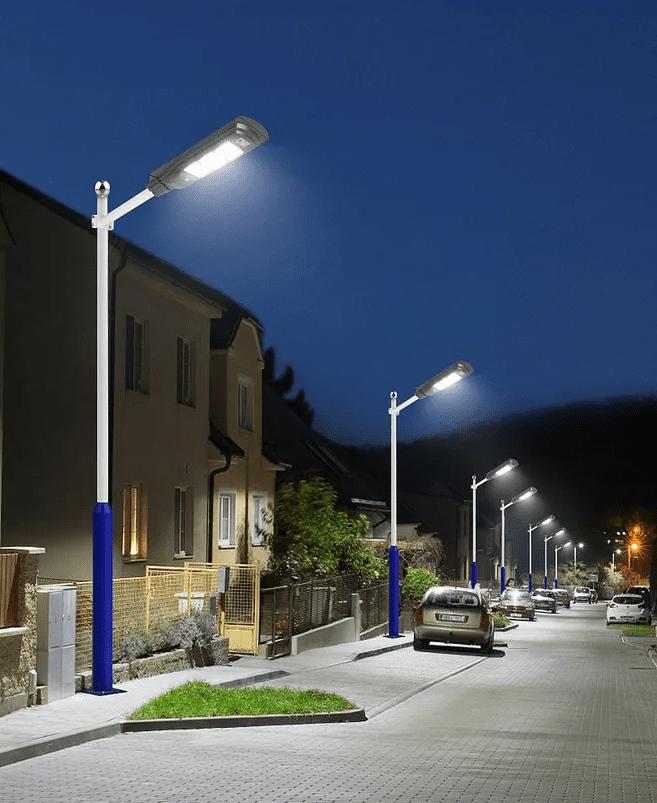
V. Residential and Communities Solar Street Light Automatic Control and Intelligence
- Control Strategy
- Time-based Dimming: Full power operation during peak hours, reducing to 50% illuminance after midnight, saving 30%-40% energy.
- Sensor Control: Achieve “lights on when people come, lights off when people leave” through microwave/infrared sensors, suitable for low-traffic areas.
- Remote Monitoring
- Integrate IoT modules for real-time monitoring of system status (battery voltage, light output), automatic fault alarms, reducing operating and maintenance costs.
VI.
Residential and Communities Solar Street Light Costs and Return on Investment (ROI)
- Initial Cost
- Single lamp system (including photovoltaic panels, batteries, fixtures, poles): approximately $800-$1200, varying with power and materials.
- Government Subsidies: Some countries/regions provide 30%-50% subsidies for solar projects.
- Payback Period
- Compared to traditional grid power, annual electricity savings of approximately $80-$150/lamp, combined with lower maintenance costs (no electricity costs, fewer repairs), resulting in an ROI period of about 5-8 years.
Appendix: Quick Reference Table of Key Parameters
| Parameter | Recommended Value | Reference Standard |
|---|---|---|
| Illuminance | Main road 15-20 lux, secondary road 5-10 lux | CIE 115:2010 |
| Luminous Efficacy | ≥120 lm/W (LED) | ANSI/IES RP-8-14 |
| Color Temperature | 3000K-4000K | JGJ/T 163-2008 |
| Color Rendering Index | CRI ≥80 (core area) | GB 50034-2004 |
| Pole Height | 4-8 meters (depending on road level) | CJJ 45-2006 |
| System Autonomy | ≥3 days of rain autonomy | Local meteorological data |
By following these design guidelines, functionality, energy efficiency, and economic viability can be achieved to meet the lighting needs of communities and residential areas. Specific implementations should further optimize based on local climate, terrain, and budget.
If you have any questions, please contact Luxman, a professional manufacturer of solar street lights.


